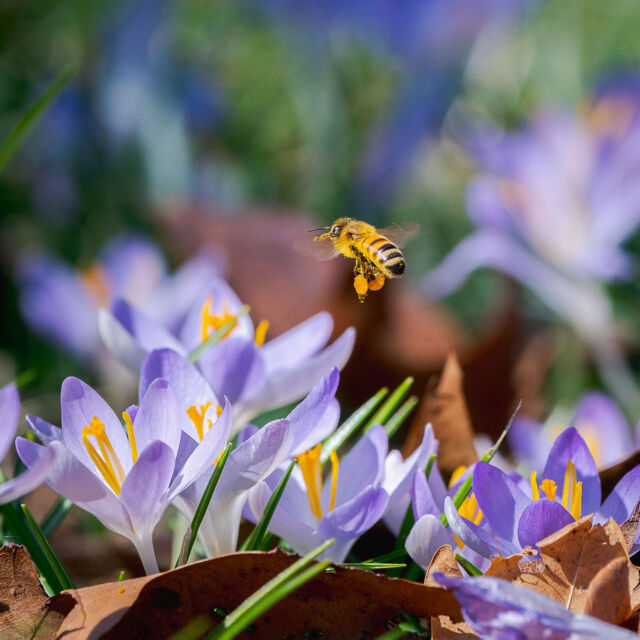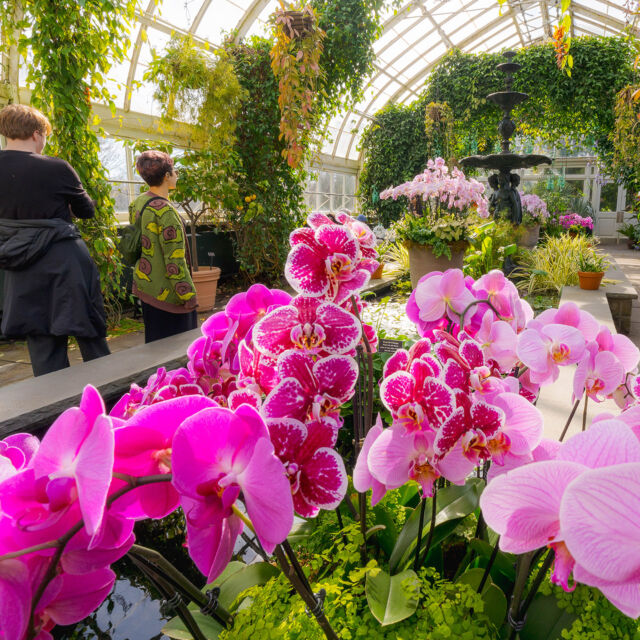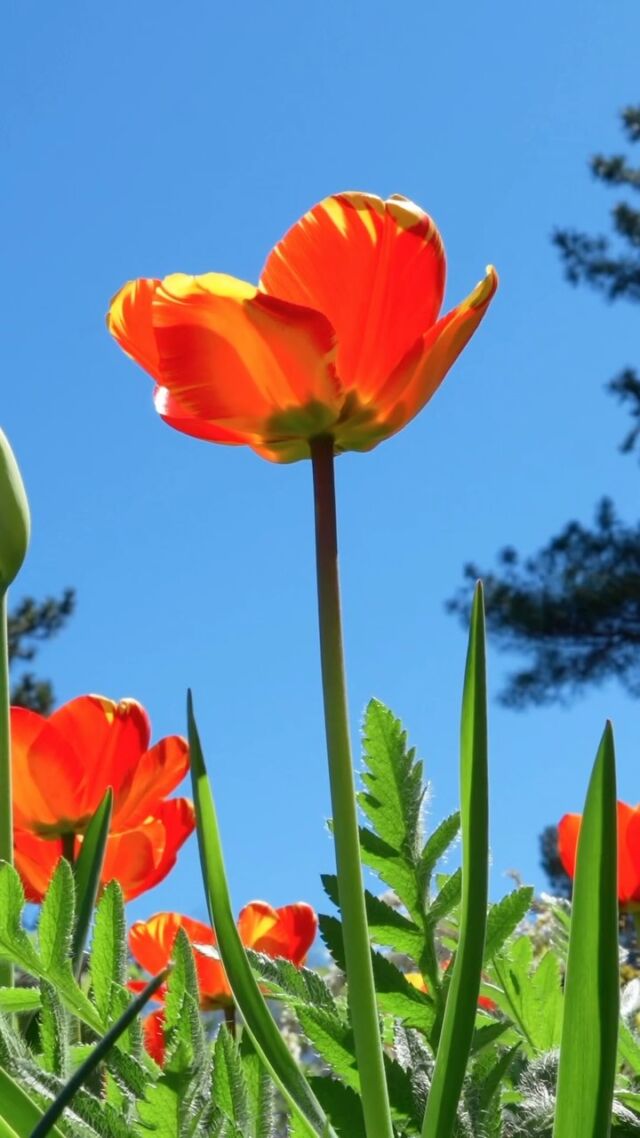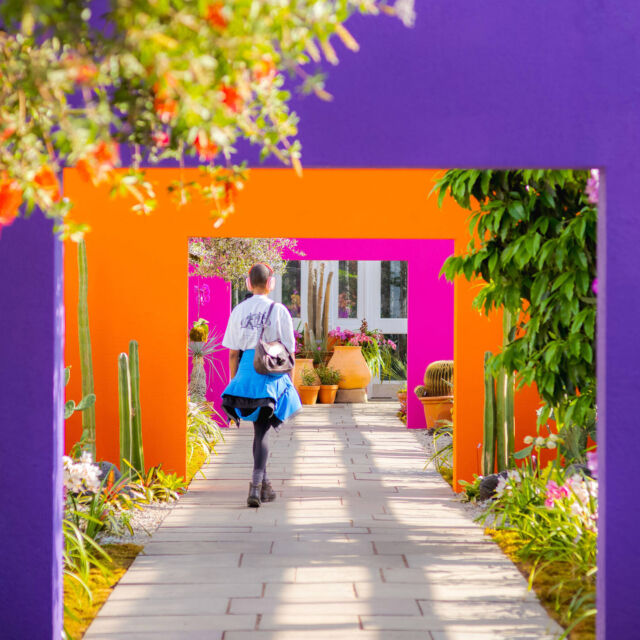The Funkiest of Fungi
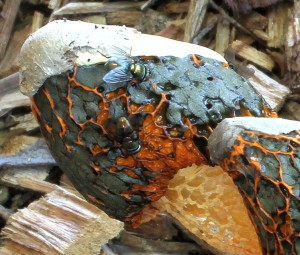 Dr. Roy Halling’s jet-setting ways are, while enviable, a product of necessity—the world’s most outlandish fungi won’t scribble themselves into the mycological register. But while his travels across the globe often carry him to dim conifer forests, sweltering jungles, and likely the grimiest reaches of the most foetid swamps, it was in a far less feral environment that Roy found his latest winning specimen.
Dr. Roy Halling’s jet-setting ways are, while enviable, a product of necessity—the world’s most outlandish fungi won’t scribble themselves into the mycological register. But while his travels across the globe often carry him to dim conifer forests, sweltering jungles, and likely the grimiest reaches of the most foetid swamps, it was in a far less feral environment that Roy found his latest winning specimen.
While visiting Australia, Dr. Halling—the NYBG‘s resident Curator of Mycology—came upon a rather strange customer (though delightful to any mushroom fanatic) growing in a friend’s suburban Brisbane garden. It’s not altogether uncommon down under. However, seeing something so visibly sinister popping up alongside your vegetables here in the northeastern United States could be cause for confusion, alarm, fascination, or cries of impending apocalypse in the vein of Chicken Little. It’s just that odd-looking.
The Phallus multicolor mushroom lives up to its name, donning a fire-and-brimstone color scheme that would make anyone stop and gawk. But the picture alone does this pungent fungus little justice. Much like the corpse flower, it has a nasty secret (that’s…not actually all that well-kept once you get close enough).
As part of the stinkhorn family (Phallaceae in this case), the fungus offs an odor ranging from sickly sweetness to week-old roadkill, emulating the smell of carrion and dung in order to draw flies—think of it as a bizarre, oppositional version of wildflowers attracting bees for pollination. The black-brown material covering much of the reticulated apex is described by Dr. Halling as an “odorous slime,” carrying spores that are dispersed by the flies, which eat and spread it around. Once the goo has been cleared away by rot-loving guests, the cap is left bare, displaying a creased and pitted surface of bright yellow or orange with a golden skirt beneath. In fact, some stinkhorn species with this crinkly cap are often mistaken for morels, though the sticky, reeking mess of slime they wear is usually enough to dissuade would-be mushroom hunters from scarfing them down. (Most of them.)
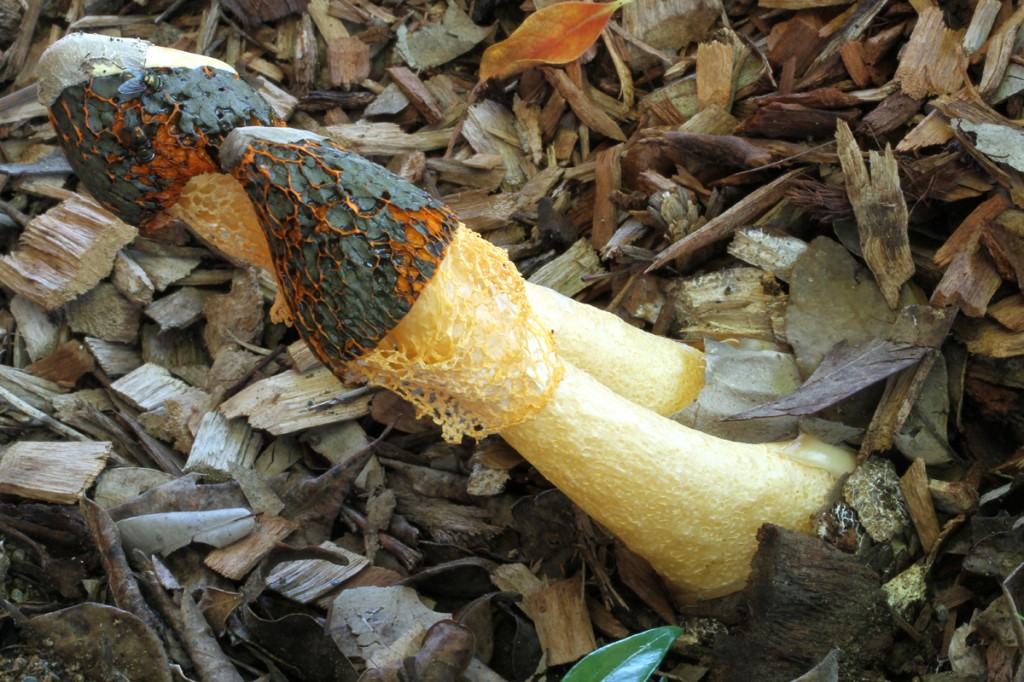
As families go, those that make up the stinkhorn group are a strange and varied lot, ranging in shape from the blatantly phallic to the geometric, cage-like structures of Colus pusillus. But while they run the gamut from “gross” to “vaguely upsetting,” there’s no need to fear them like you might an unassuming toadstool. Other than their stink, there’s nothing toxic about these unfortunately smelly ‘shrooms. Still, even without a deadly habit, try not to eat these—something tells me that the odor isn’t masking the most transcendent subtleties in flavor since the truffle.
As the southern hemisphere exits its warm season, we’re just entering ours, and stinkhorns aren’t relegated to Queensland alone. It was only this past September that Dr. Halling found a stinkhorn of a different color growing in an equally humble location: our Pfizer Plant Research Laboratory parking lot. Quality garden mulch proves the perfect incubator for these rank—albeit fascinating—fungi. Mutinus elegans is seen here sporting the same sort of spore mucilage made so fashionable on its Aussie cousin.
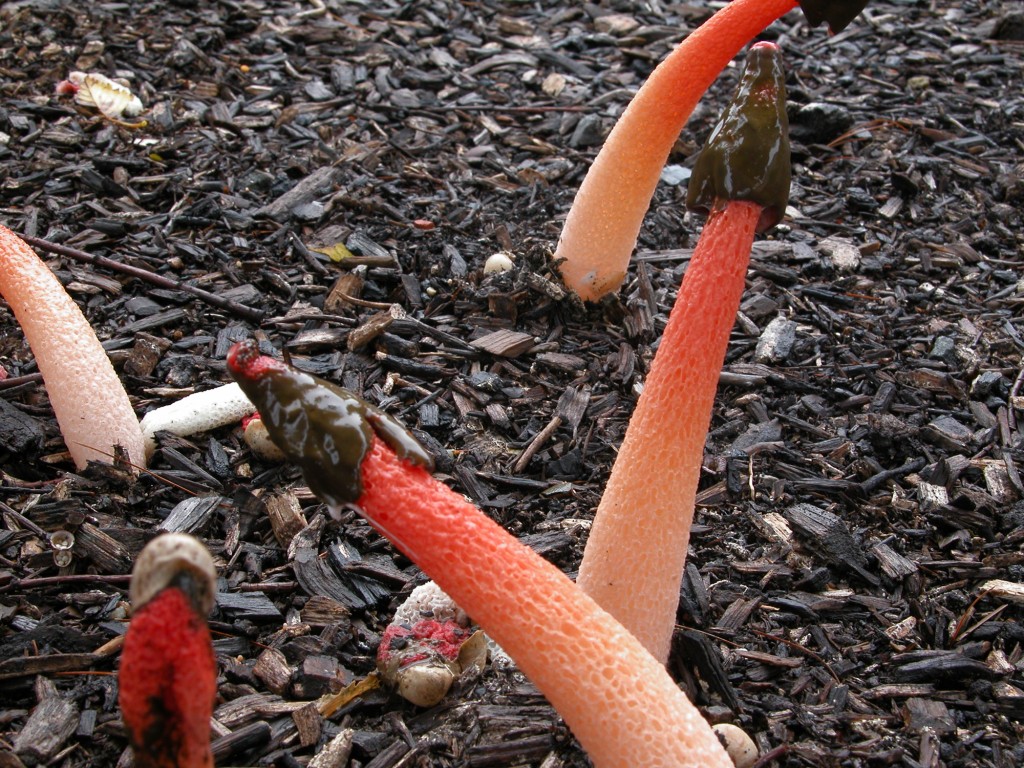
As summer approaches, and the season ripens for the return of the fungus, we hope to see Dr. Halling back to his familiar antics, combing the NYBG grounds in search of mushrooms both novel and familiar. Beneath the evergreens of the Benenson Ornamental Conifer collection, near the old oak by Twin Lakes, wherever he can find them—Roy has something of a nose for this sort of thing. For more on the mushroom magician’s travels, discoveries, and mycological lore, have a look at the video he took part in last year, after the rains of hurricanes Lee and Irene made for a mycologist’s wonderland in New York.
SUBSCRIBE
Enter your email address to subscribe to this blog and receive updates on new posts.







